Process Management in Operating Systems
1/61
There's no tags or description
Looks like no tags are added yet.
Name | Mastery | Learn | Test | Matching | Spaced |
|---|
No study sessions yet.
62 Terms
Program
Collection of instructions for execution sequence.
Process
Instance of a program in action.
Processor
Agent executing instructions from memory image.
Compiler
Maps program code to machine instructions.
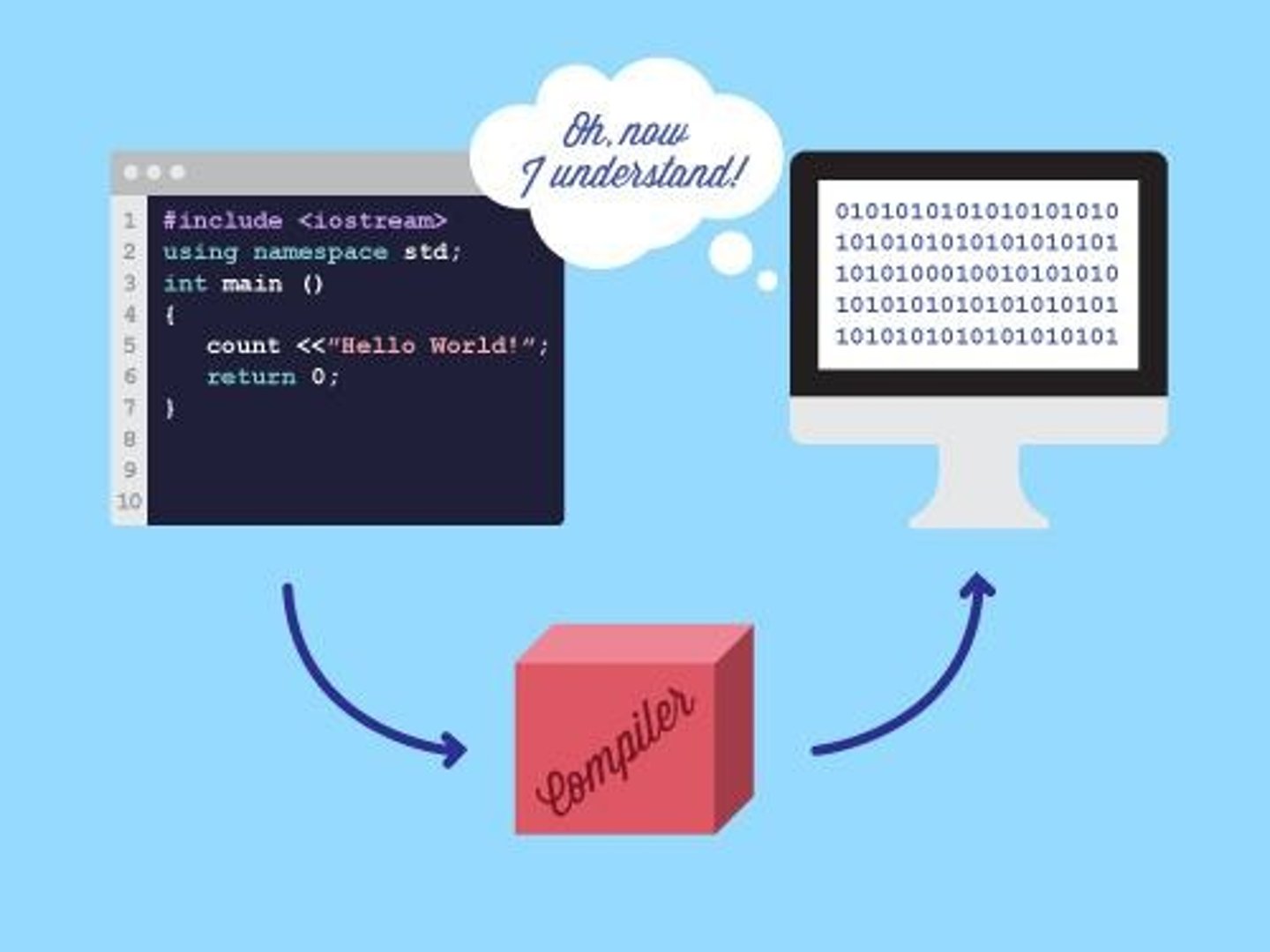
Executable File
Created from compiled program objects.
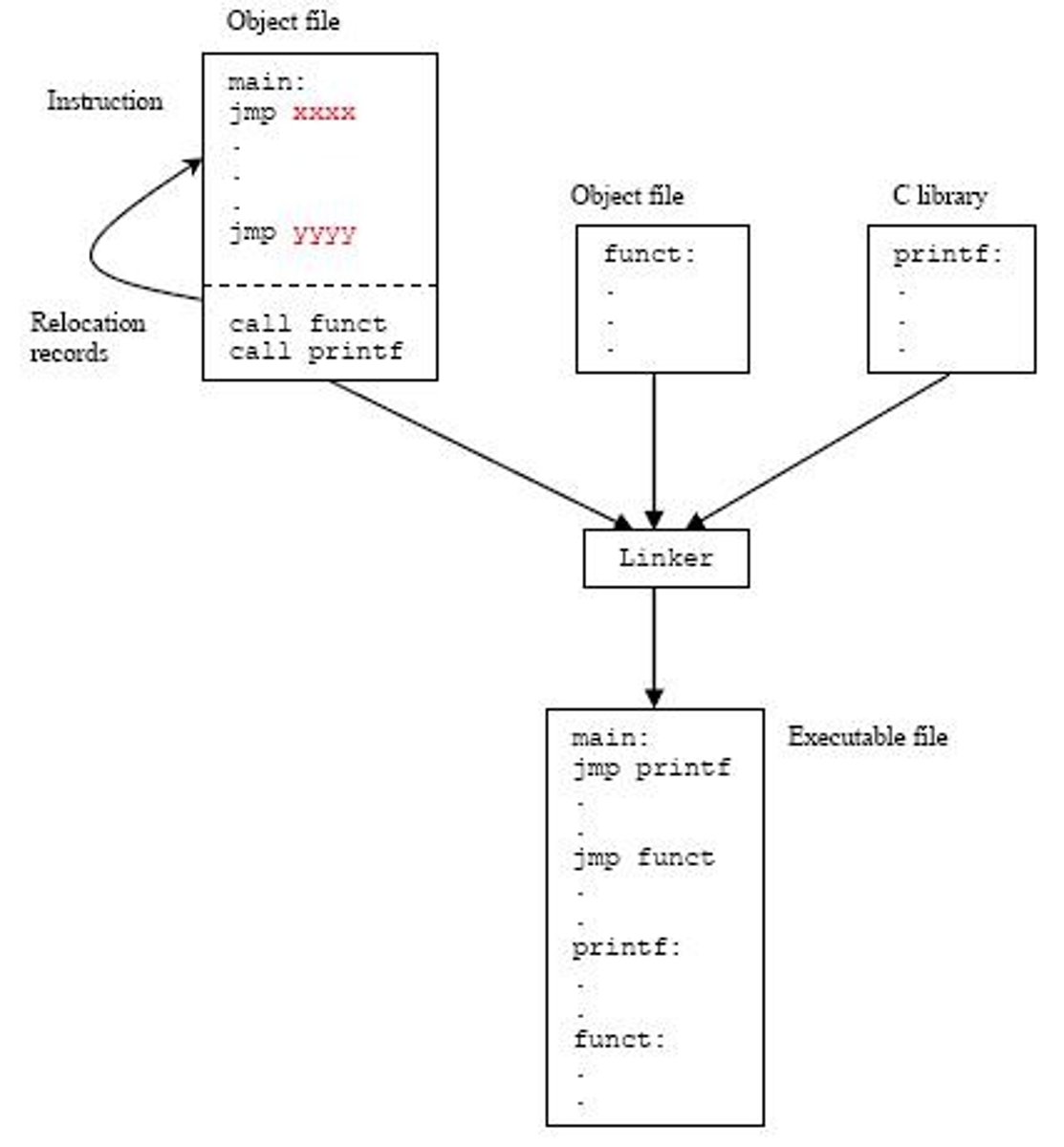
Program Image
Contains parameters, stack, data, and code.
Execution Context
Kernel-managed info needed during process execution.
Dynamic Entity
Process with a lifetime from milliseconds to months.
Persistent Process
Implements system services over time.
CPU
Central Processing Unit, runs processes.
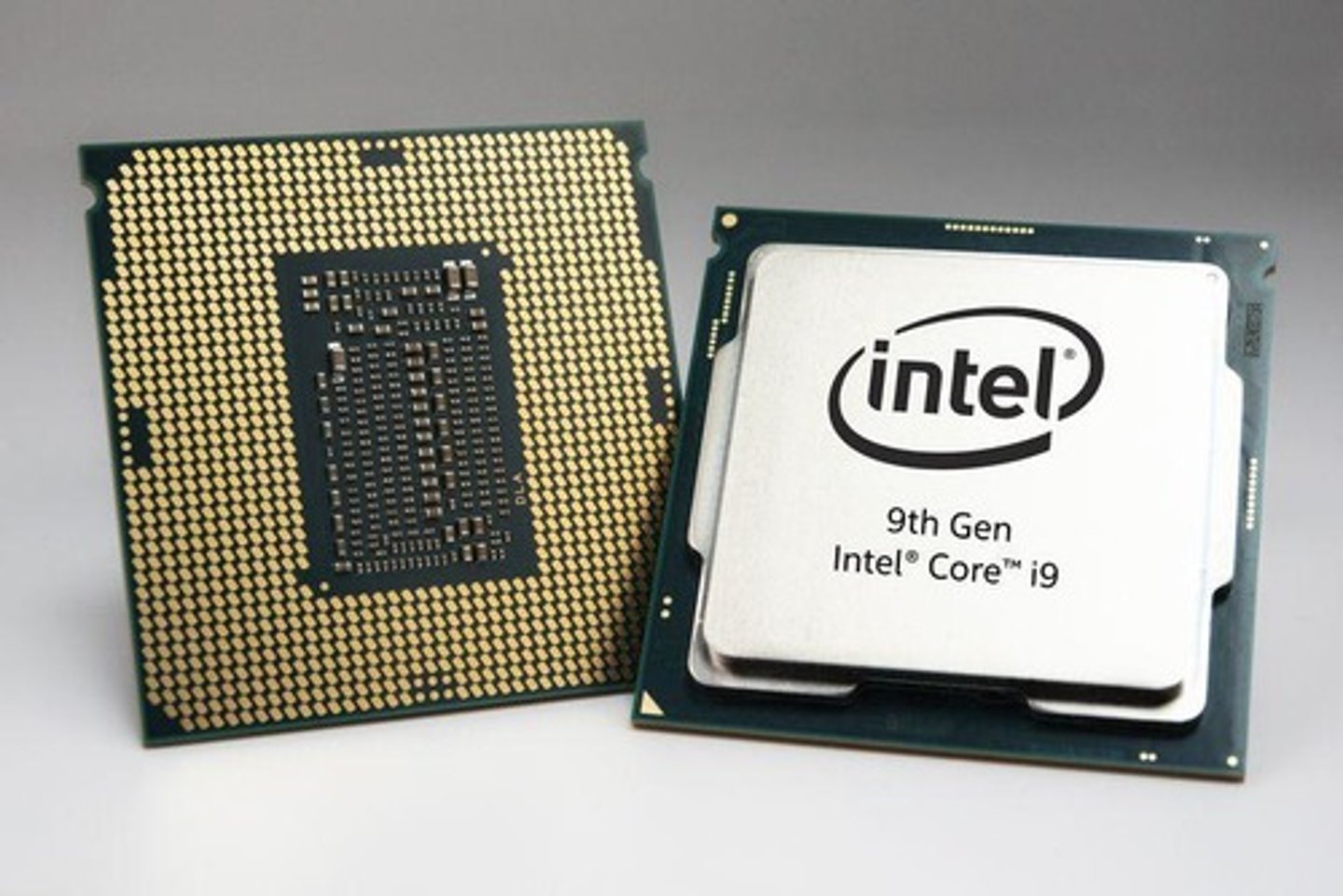
Multi-core Processor
Executes multiple processes simultaneously.
Time Sharing
Divides CPU time among ready processes.
Ready Process
Process ready to execute instructions.
Blocked Process
Waiting for resources or user interaction.
Process Management
Creating, controlling, and terminating processes.
Resource Allocation
Assigning memory and CPU time to processes.
Resource Protection
Preventing interference between processes.
Synchronization Mechanisms
Coordination among processes sharing resources.
Data Structures
Represent state of each process in OS.
Operating System Kernel
Core component managing processes and resources.
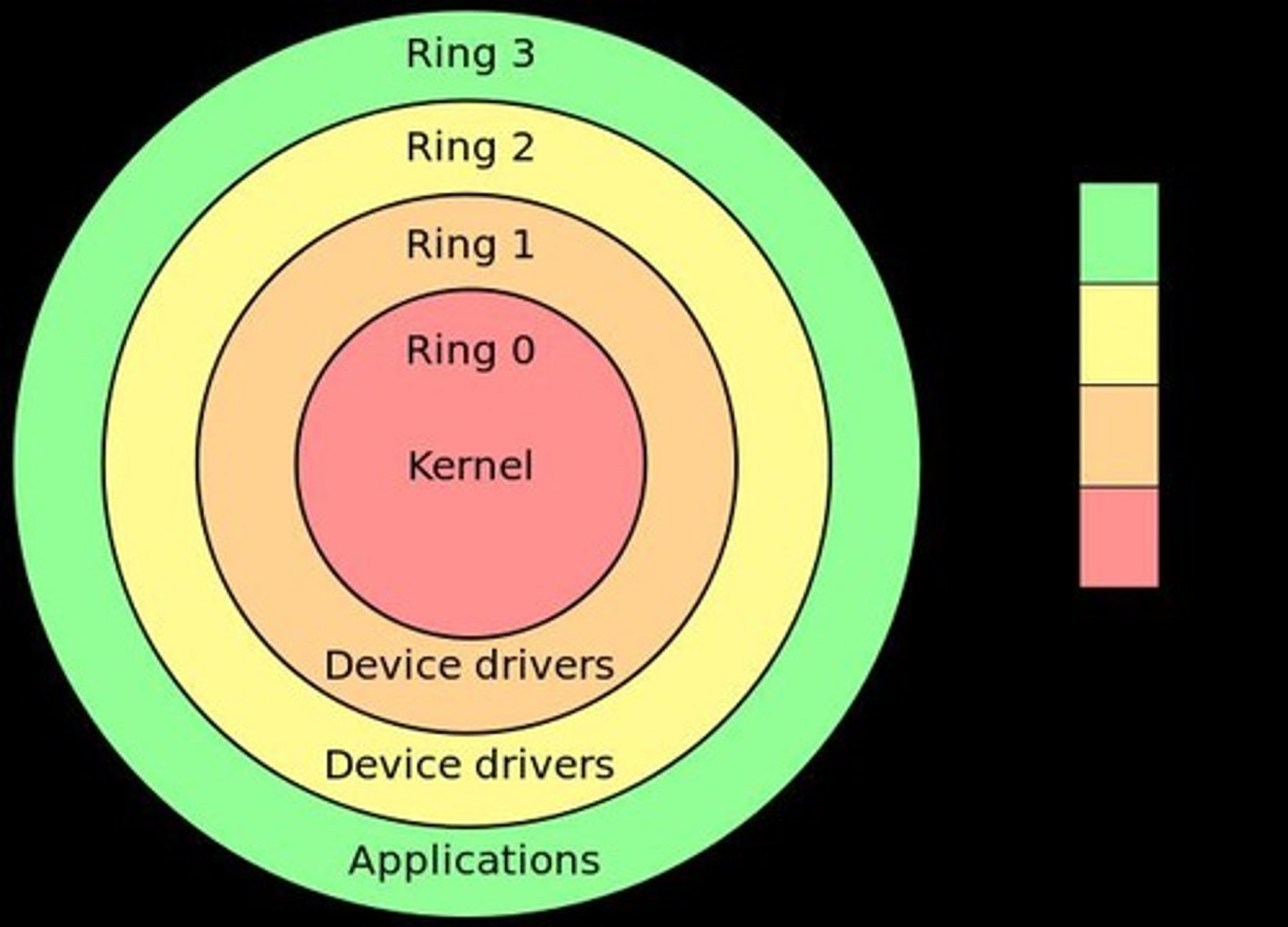
System Calls
Interface for communicating with the OS.
Process Lifecycle
Stages a process goes through during execution.
Process Control Block (PCB)
Data structure maintaining process execution context.
Process Identification Data
Information identifying the specific process.
Processor State
Current state of the process's CPU registers.
Process Control Data
Information about process scheduling and resources.
Scheduling Algorithms
Methods to manage process execution order.
Queues
Structures holding processes waiting for resources.
Hardware Interrupt
Signal indicating hardware needs attention.
Interrupt Controller
Device managing and identifying hardware interrupts.
Polling
Checking device status regularly for updates.
Multitasking Environment
System allowing multiple processes to run concurrently.
Clock Timer
Device triggering process scheduling at intervals.
Event Driven
System responding to events for execution.
Hardware Interrupts
Interrupts raised by hardware devices at any time.
Software Interrupts
Generated by programs to invoke OS functions.
Exceptions
Unexpected events requiring OS intervention.
Independent Scheduling
Assigning processes to processors without dependency.
Resource Assignment
Allocating system resources to a process.
Input/Output Devices
Hardware providing data to processes.
Process Queues
Queues representing different process states.
Event Categories
Types of events triggering OS code execution.
Exception
Faults during instruction execution, like division by zero.
Page Fault
Missing memory page causing an exception.
User Mode
Processor mode with restricted instruction set access.
Supervisor Mode
Privileged processor mode with full instruction set.
Processor Execution Modes
Different modes for hardware protection and instruction access.
Privilege Modes
At least two modes for system protection.
Interrupt
Event causing processor mode switch to handle tasks.
Software Interrupt
Processor instruction to switch to Supervisor Mode.
Context Switch
Switching CPU control from one process to another.
Interrupt Handler
OS routine handling specific interrupt events.
System Call
Request for OS services from user processes.
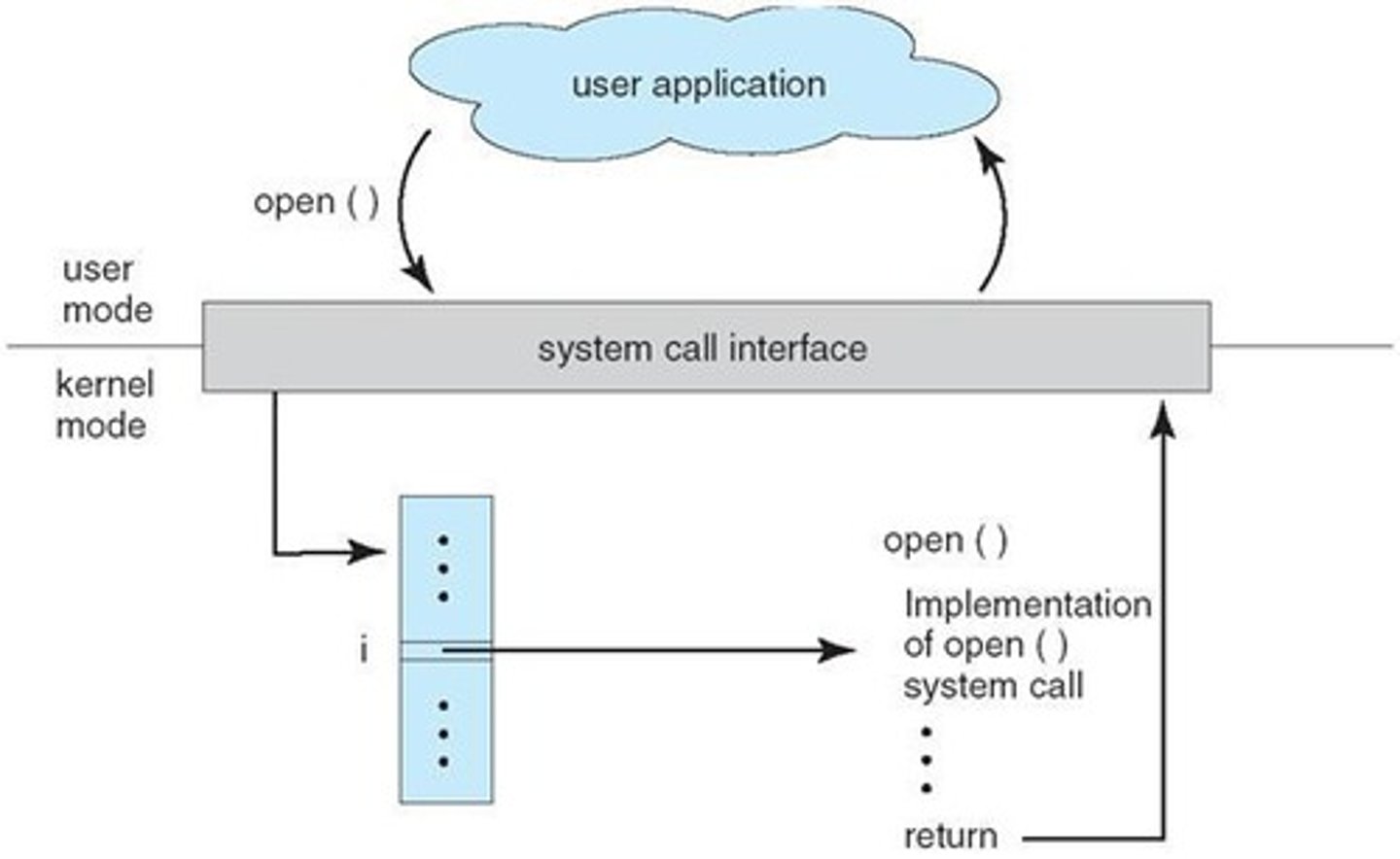
Wrapper Library
Code linking system calls for application portability.
Interrupt Vector Table
Memory structure mapping interrupts to handlers.
Critical Operating System Code
Essential OS functions requiring controlled access.
Controlled Access
Ensuring only OS executes privileged instructions.
Hardware Access
Interaction with physical components like disks and input.
Interprocess Communication
Methods for processes to exchange data.
Kernel Services
Core functionalities provided by the operating system.
Execution Trapping
Stopping current process to handle interrupts.
Instruction Set
Complete set of operations a processor can execute.